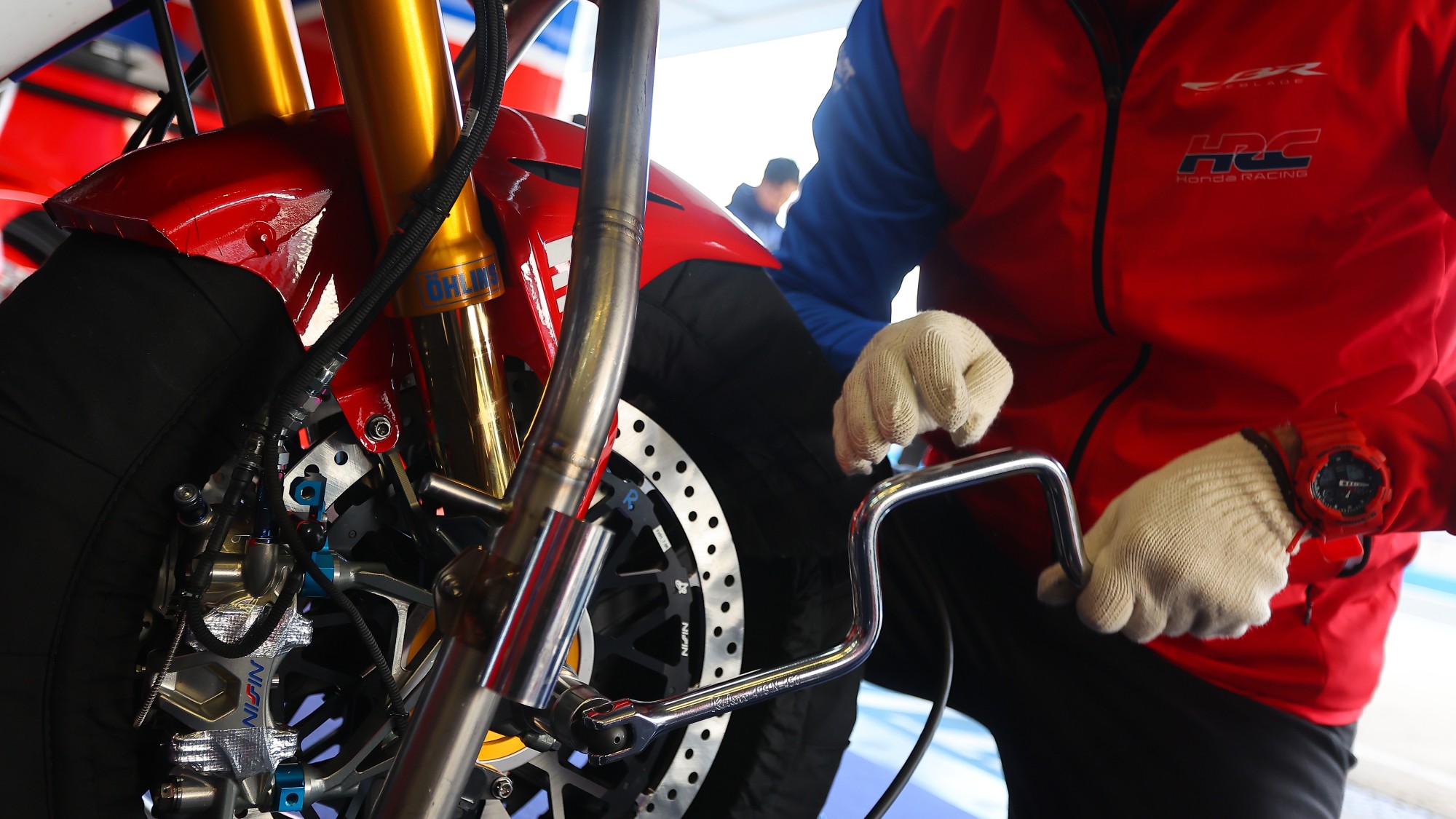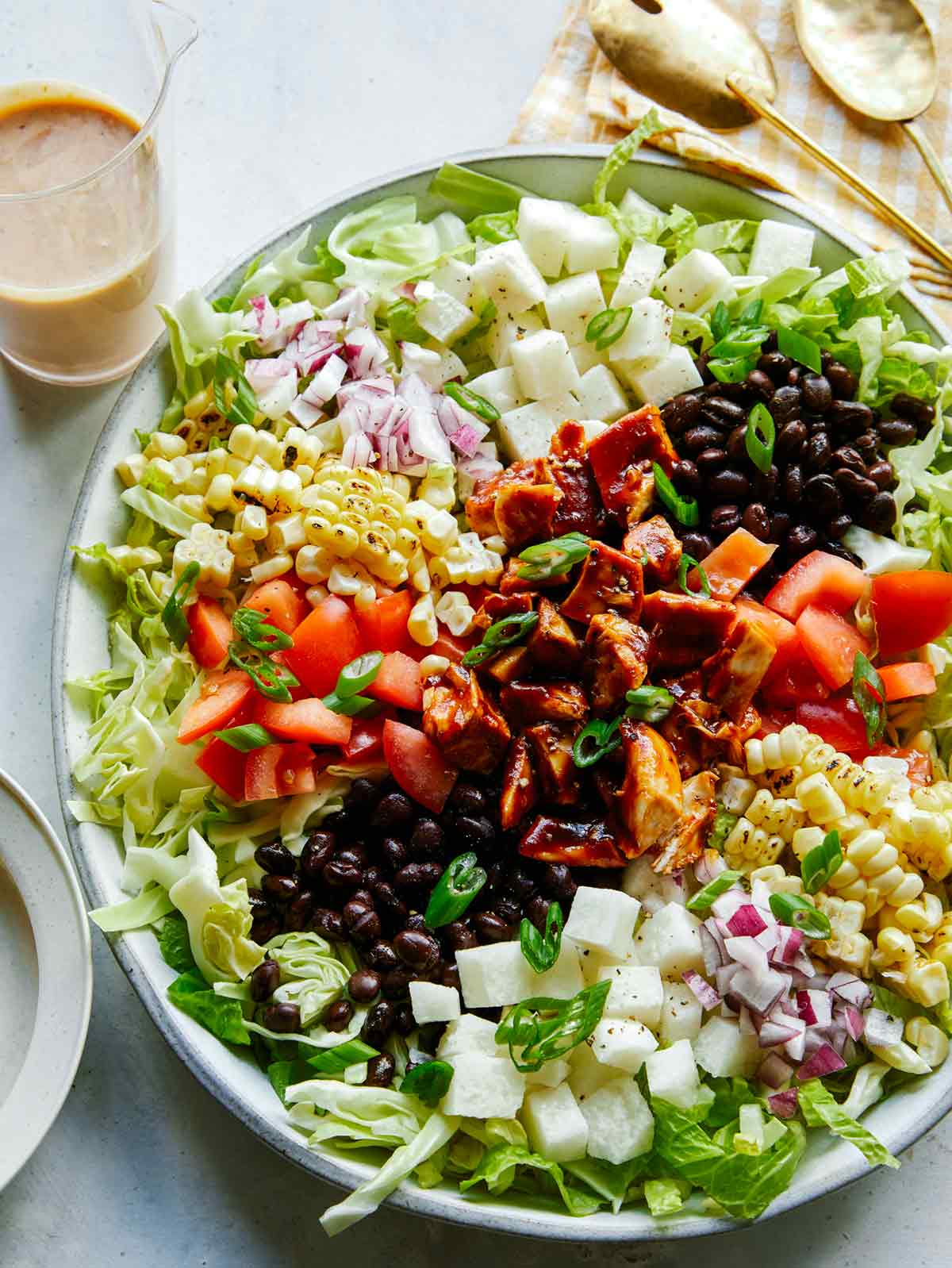How Mexican Restaurants Around the World Get Heirloom Corn
These Mexican indigenous communities share the carefully preserved kernels internationally There are nearly 60 heirloom corn varieties in Mexico, with families and communities cultivating the different “breeds” of corn for hundreds of years. Masienda, a dry corn and masa flour distribution company, works to distribute eight lesser known varieties of corn to chefs and restaurants around the world, sourcing from those local Mexican farmers. “I was so curious to see what the rest tasted like,” said Masienda founder Jorge Gaviria, referring to lesser known heirloom corn. “How to kind of understand the nuances in between each one and how to share that story with chefs.” One of those farmers, Juan Velasco Meza, explains how four different types of heirloom corn are grown in the rich, red-hued soil of Santa Ana Zegache, which produce a higher yield and impart a sweet flavor. Corn stalks are cut and dried out in the field for 15 to 20 days before ears are picked off, manually unhusked, completely de-kerneled with passed down tools, and sorted by kernel size to be sold. The seeds from the corn are saved after each harvest and passed down by each generation, with families relying on the high quality grains for every meal. “Without corn, at least in Oaxaca, life wouldn’t be possible,” Meza says. Masienda and these indigenous communities are working together to preserve these “maize landraces,” so that one day all of the unique heirloom varieties in Mexico can be shared with the world. Gaviria explains the difference between heirloom corn and hybrid GMO corn, which is bred to produce more ears but isn’t as tasty or nutritious as the former. To preserve those heirloom corn varieties, Meza and other farmers only use single-colored corn, avoiding corn that has been cross-pollinated with varieties grown by other farms nearby. Gaviria also highlights how Masienda tries to involve as many producers as possible in their corn products, growing from 12 to 2,000 producers over the years to make sure that the families and communities are only selling their surplus of heritage corn and can still subsist on their crop. Recruiting all those producers was a long process, with Masienda using indigenous radio stations and loud speakers playing messages in different languages on top of pizza delivery cars to reach farmers that would want to sell their corn overstock. Native corn producers walk through how they cook the heirloom corn with traditional techniques, including the process of nixtamalization, where corn is cooked down in alkaline water to break down the cell walls and unlock plenty of nutrients in the kernels. Zapotec women then mill the corn, turning it into masa dough that is used in tortillas and plenty of other dishes. Cosme, a world-renowned NYC restaurant, was Masienda’s first customer. Thousands of miles away from where the corn is produced, the restaurant has built their menu of tortillas and memelas around the homemade masa they make from the shipped kernels. Watch the latest episode of Vendors to learn more about how Masienda is bringing Mexican heirloom corn to chefs while preserving the traditional crop.


These Mexican indigenous communities share the carefully preserved kernels internationally
There are nearly 60 heirloom corn varieties in Mexico, with families and communities cultivating the different “breeds” of corn for hundreds of years. Masienda, a dry corn and masa flour distribution company, works to distribute eight lesser known varieties of corn to chefs and restaurants around the world, sourcing from those local Mexican farmers. “I was so curious to see what the rest tasted like,” said Masienda founder Jorge Gaviria, referring to lesser known heirloom corn. “How to kind of understand the nuances in between each one and how to share that story with chefs.”
One of those farmers, Juan Velasco Meza, explains how four different types of heirloom corn are grown in the rich, red-hued soil of Santa Ana Zegache, which produce a higher yield and impart a sweet flavor. Corn stalks are cut and dried out in the field for 15 to 20 days before ears are picked off, manually unhusked, completely de-kerneled with passed down tools, and sorted by kernel size to be sold. The seeds from the corn are saved after each harvest and passed down by each generation, with families relying on the high quality grains for every meal. “Without corn, at least in Oaxaca, life wouldn’t be possible,” Meza says. Masienda and these indigenous communities are working together to preserve these “maize landraces,” so that one day all of the unique heirloom varieties in Mexico can be shared with the world.
Gaviria explains the difference between heirloom corn and hybrid GMO corn, which is bred to produce more ears but isn’t as tasty or nutritious as the former. To preserve those heirloom corn varieties, Meza and other farmers only use single-colored corn, avoiding corn that has been cross-pollinated with varieties grown by other farms nearby. Gaviria also highlights how Masienda tries to involve as many producers as possible in their corn products, growing from 12 to 2,000 producers over the years to make sure that the families and communities are only selling their surplus of heritage corn and can still subsist on their crop. Recruiting all those producers was a long process, with Masienda using indigenous radio stations and loud speakers playing messages in different languages on top of pizza delivery cars to reach farmers that would want to sell their corn overstock.
Native corn producers walk through how they cook the heirloom corn with traditional techniques, including the process of nixtamalization, where corn is cooked down in alkaline water to break down the cell walls and unlock plenty of nutrients in the kernels. Zapotec women then mill the corn, turning it into masa dough that is used in tortillas and plenty of other dishes. Cosme, a world-renowned NYC restaurant, was Masienda’s first customer. Thousands of miles away from where the corn is produced, the restaurant has built their menu of tortillas and memelas around the homemade masa they make from the shipped kernels.
Watch the latest episode of Vendors to learn more about how Masienda is bringing Mexican heirloom corn to chefs while preserving the traditional crop.
What's Your Reaction?















































































